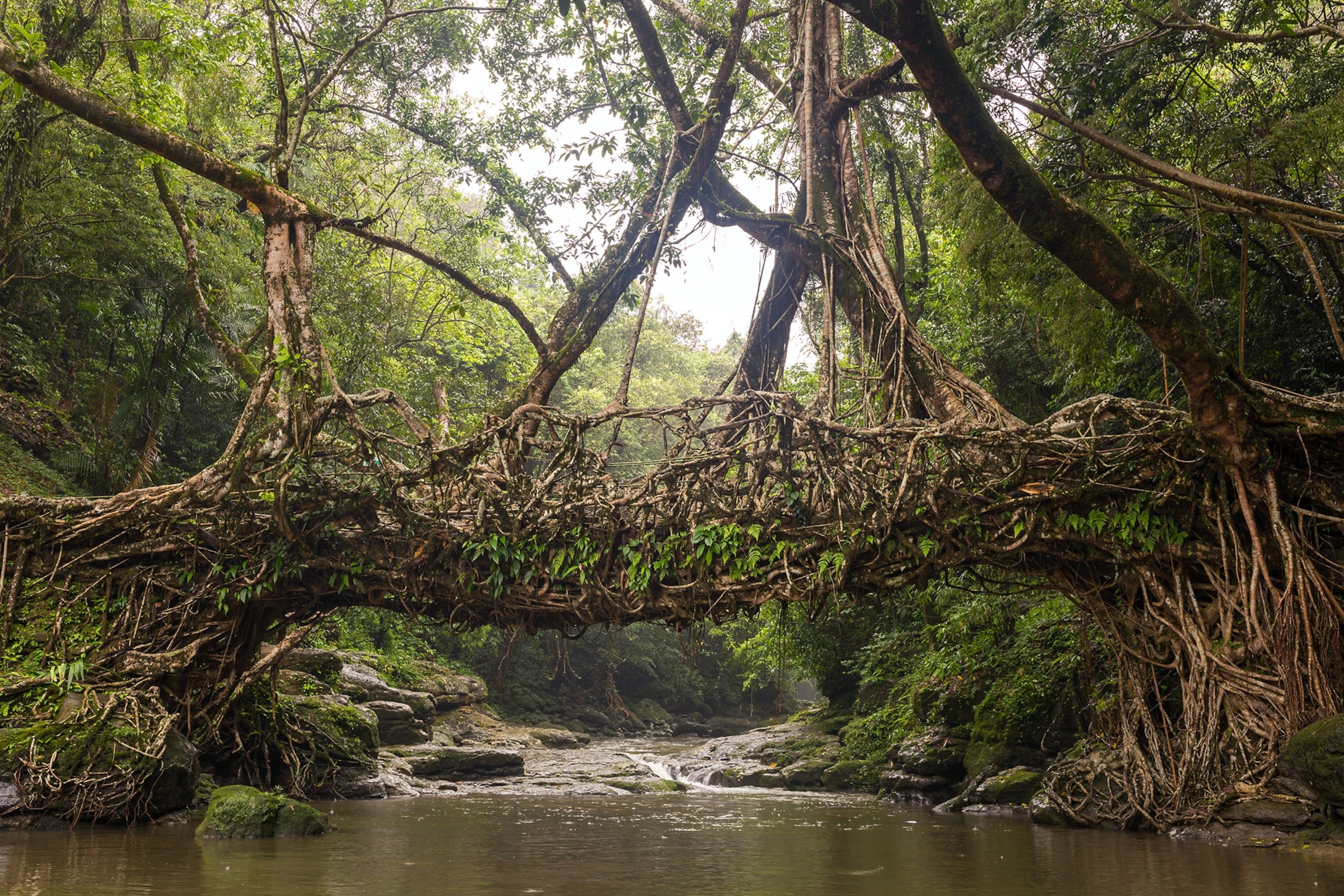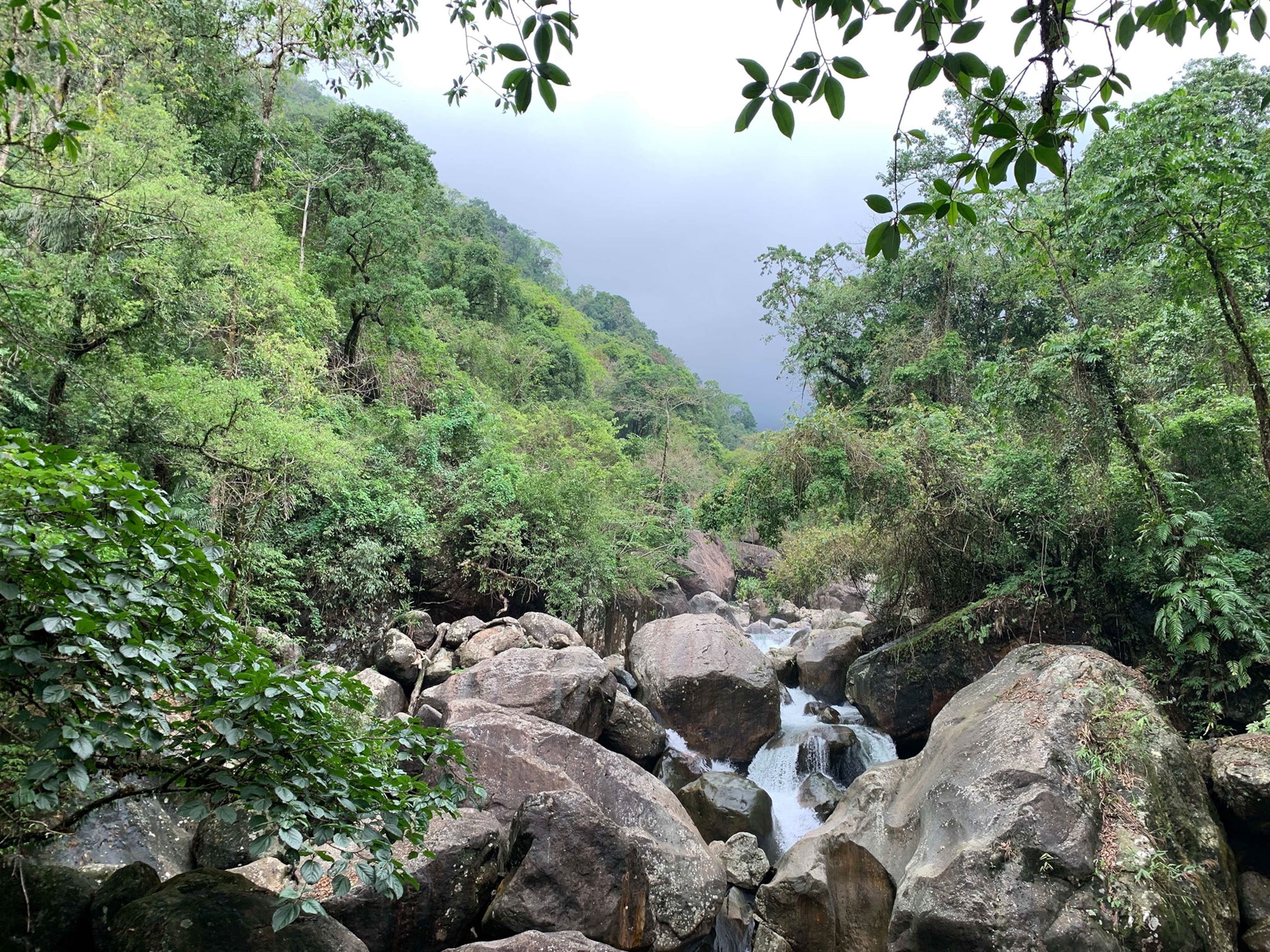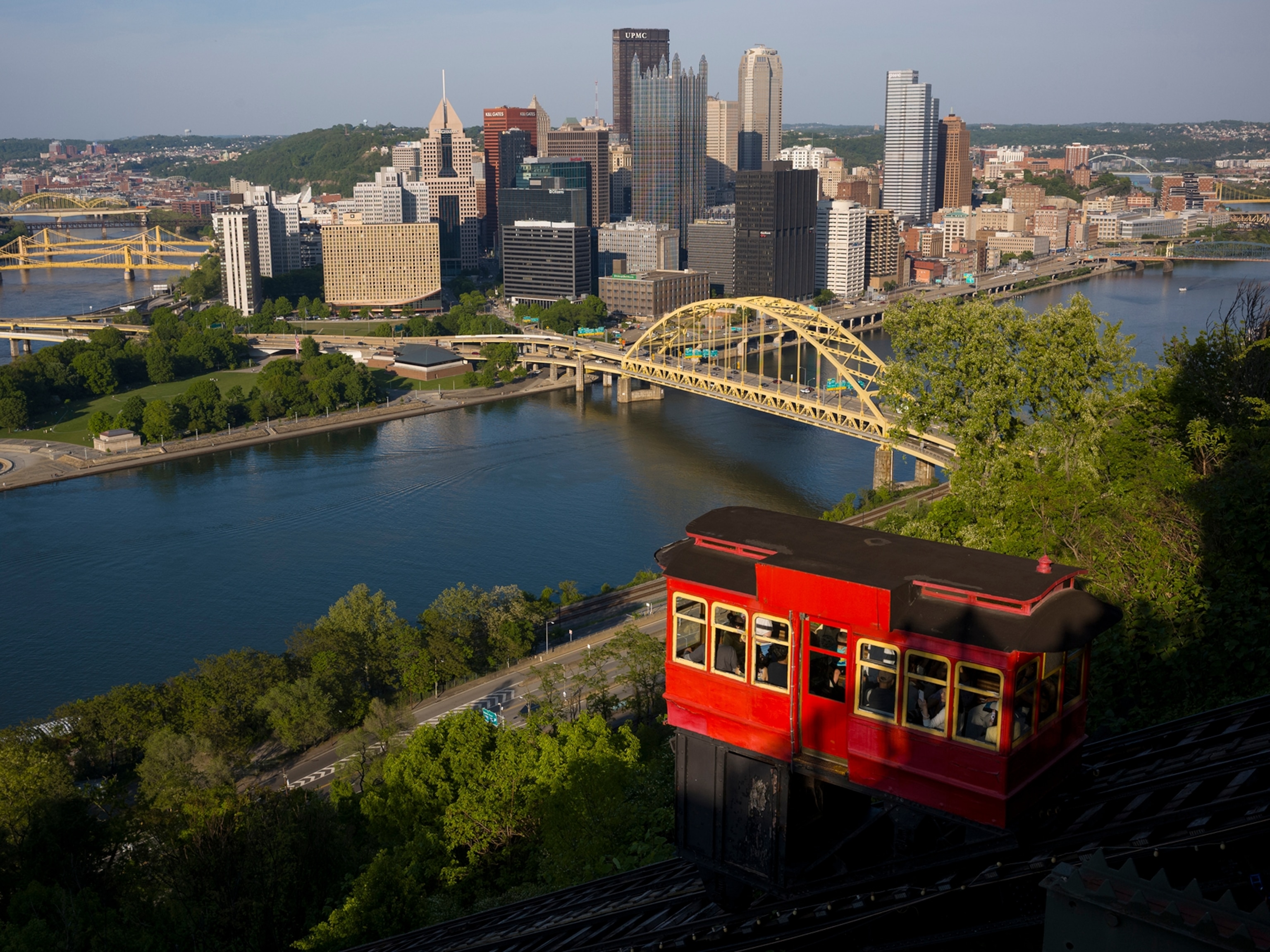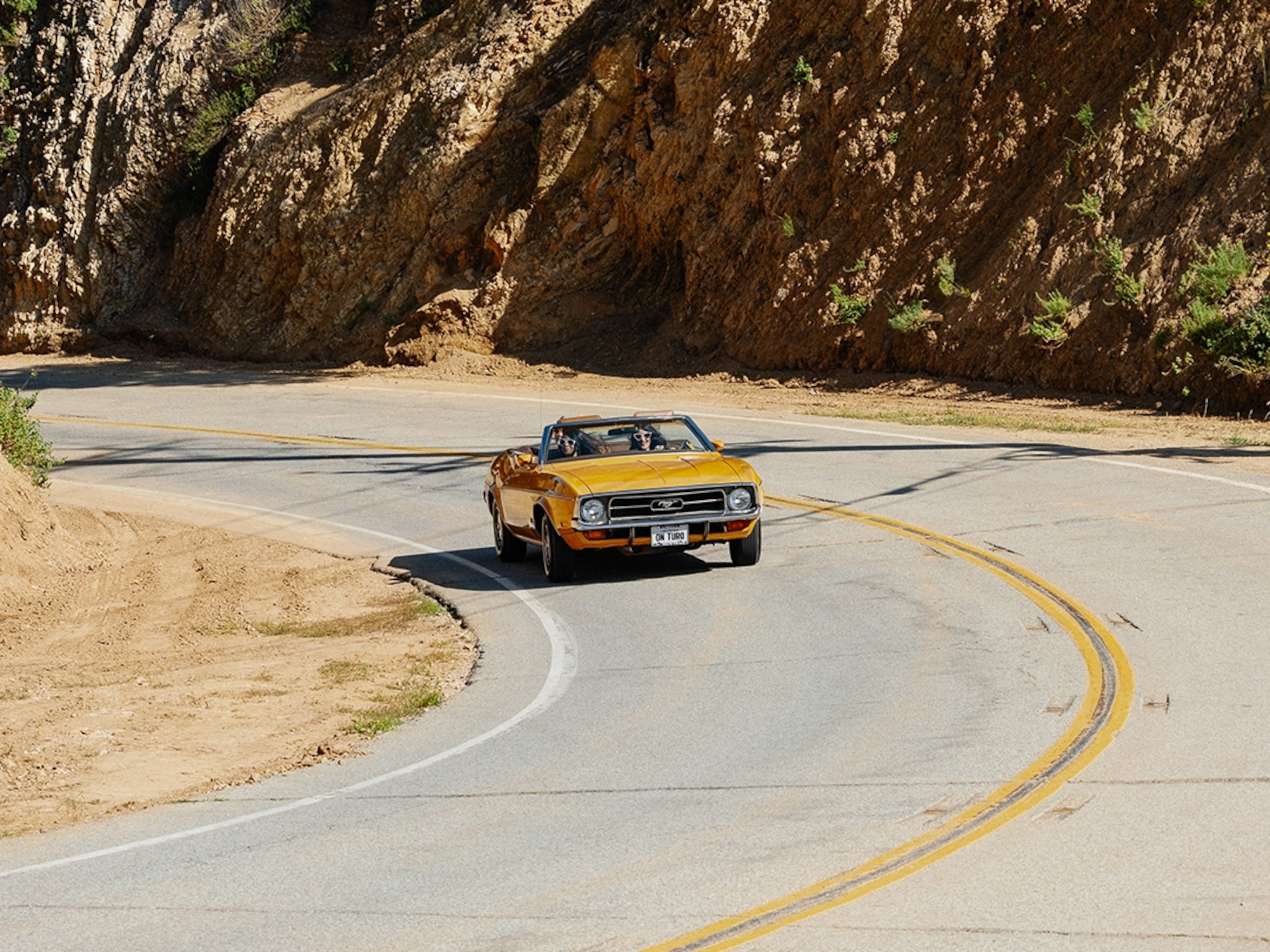
Living tree bridges in India stand strong for hundreds of years
The entwined roots of Indian rubber trees form bridges that—unlike steel structures—grow more durable with time.
Cherrapunji, India — The green hills of Meghalaya state—a high, sodden, rumpled, and stream-slashed corner of India’s remote and beautiful northeastern panhandle—can be a misery to walk.
The corrugated slopes, sheeted in mist, are clogged with jungle undergrowth and greased with mud. During the monsoon rains, foot trails between villages plunge again and again into gorges that hiss with waterfalls and fierce, impassable rivers. Navigating these natural obstacles—in a climate where 40 feet of rainwater plummets from the sky every year—requires clever toes, iron lungs, and the power of prolonged observation. It demands thousands of years of attentiveness. Lifetimes of experimentation. Generations of problem solving.
The result, courtesy of the ingenuity of the Khasi and Jaintia people who trek these paths from their first baby steps: the living tree-root bridges of the Cherrapunji region. (Watch this video of the tree root bridges.)
The locally abundant Indian rubber tree, Ficus elastica, produces strong, rope-like aerial roots that, when lashed onto a scaffold of hollowed-out betel nut trunks, or tied to bamboo stalks, can be trained patiently over decades to grow horizontally across steep ravines and riverbanks. Eventually, with aching slowness, yet tirelessly, steadily, the roots are coaxed to entwine, to form the struts and supports for living footbridges that can hold up to 50 people at a time.
Modern wood or steel bridges rot quickly into disrepair in the lush hills of Meghalaya, a global hot spot of botanical diversity (more than 3,000 flowering plant species) and a crossroads of human culture (three major ethnic groups and dozens of clans). By contrast, the tree-root bridges endure for 500 or 600 years and grow stronger over time.

To step across such organic structures—a rare, harmonious collaboration between the human imagination and the growing muscle of nature—is literally a moving experience.
The root bridges of Cherrapunji give softly, almost imperceptibly, underfoot. They cradle the body’s weight in a supple way that lifeless concrete and metal never could. Underhand, through the railings made of living tissue, you feel the immense power of the joined trees. You span time.
Some of the living bridges of Cherrapunji grew when the feudal kingdom of Ahom, invaders from what is today Myanmar, ruled over the Meghalaya hills.
They were carrying walkers when, according to the “Report on the Khasi and Jaintia Hills - 1853” by A.J.M. Mills (with an introduction by Dr. J.B. Battacharjee), the corrupt British colonial trader Harry Inglis terrorized the people of the frontier region through torture and assassination in the 1830s and 1840s. “After his death, his widow Sophie installed her husband's corpse in a glass coffin on the verandah, telling the Khasis 'that he would rise from the dead and avenge himself on any person who wronged her,’” wrote one historian of the East Khasi Hills. “Sophie's logic played on the fear the Khasis still felt of Harry's power, even in death.”
And they bore my walking partner, Priyanka Borpujari, and I onward into the future, over the trails of northeastern India.
For a few steps on our long journey, we inched eastward, toward Myanmar, on bridges that breathed. On architecture built of memory. Of rain and sunlight.
Paul Salopek won two Pulitzer Prizes for his journalism while a foreign correspondent with the Chicago Tribune. Follow him on Twitter @paulsalopek.





